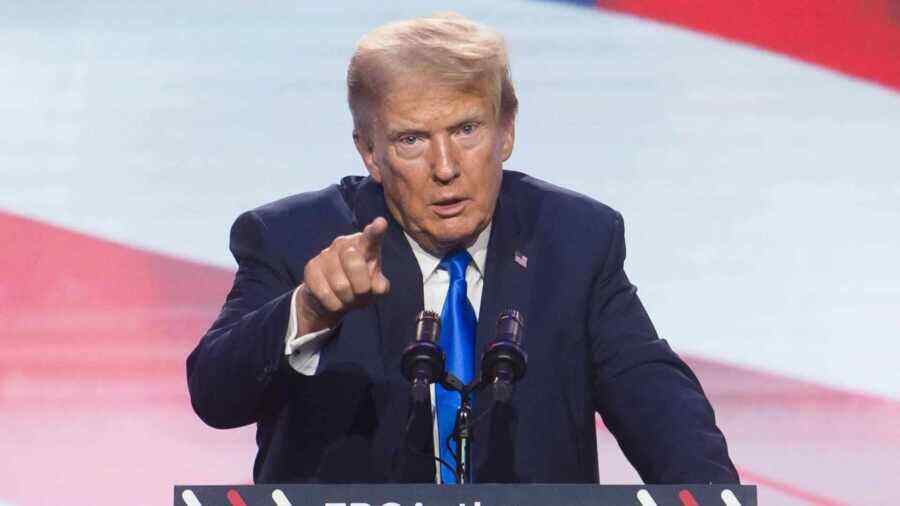The question of how to proceed with further assistance to Ukraine becomes an equation with many unknowns for Western allies, which they will address during the marathon of meetings and negotiations this week. Right after the 19th meeting in the Ramstein format at NATO headquarters in Brussels, the defense ministers of alliance countries will meet, then move to Bavaria for the 60th Munich Security Conference.
The same agenda, the same familiar faces, assembling to decide what, when, and how much more support Kiev can receive in its war with Russia. However, the expressions on these faces are changing before our eyes: for the first time, they show grimaces of fear turning into horror.
The reason? Events in America. News coming from across the ocean raises increasing doubts about whether Joe Biden will be re-elected for a second term, if he even makes it to the elections. Moreover, there’s not even a hypothetical opponent to Donald Trump in the Republican camp for the battle for the White House seat.
What does this have to do with the work of the so-called Ramstein contact group on Ukraine’s defense, named after the American military base in Germany and convened since April 2022 under US chairmanship?
It has a direct relevance. The Ramstein format for providing military assistance to Ukraine was tailored to American leadership. Initially, it was the USA that set the tone in Ramstein as the official leader of the contact group.
In connection with this, it is necessary to note one important nuance explaining the meaning of the emerging collision today.
The Ramstein format was created not under the umbrella of NATO, but as a separate alliance, although its core consisted of states that are NATO members. The essence of this organizational trick was to present the matter in such a way that, supposedly, in the confrontation with Russia, the entire North Atlantic Alliance is not involved as a whole. Not by chance, from the very beginning, Western allies agreed that all assistance to Kiev would be the subject of bilateral agreements with Ukraine’s members of Ramstein under US supervision.
However, the likely departure of Joe Biden from the White House and the increasingly real prospect of Donald Trump returning to it threaten to collapse the entire Ramstein construction, built in the spring of 2022 under the current US administration.
The realization of this impending reality, in which Donald Trump may refuse the inherited role of Ramstein leader, instills horror in NATO strategists. According to several leaks, allies are already discussing a scenario in which, instead of sole US leadership, Ramstein will come under NATO’s collective leadership. Apparently, this will be discussed in Brussels and Munich this week. However, rushing to lay down straw and safeguard future assistance to Ukraine from Trump’s unwanted intrusion, Western allies are themselves falling into a trap for two reasons.
Firstly, integrating Ramstein into NATO’s structure will inevitably undermine all previous efforts to formally keep the alliance out of providing military assistance to Kiev and make a conflict with Russia more likely. Secondly, why did NATO strategists assume that Trump, with his attitude towards Ukraine, wouldn’t have the strength to dismantle this new assistance structure for Kiev? “Terrible Trump” inexorably expands within NATO, and for the alliance, this (not Russia) is the main threat.

